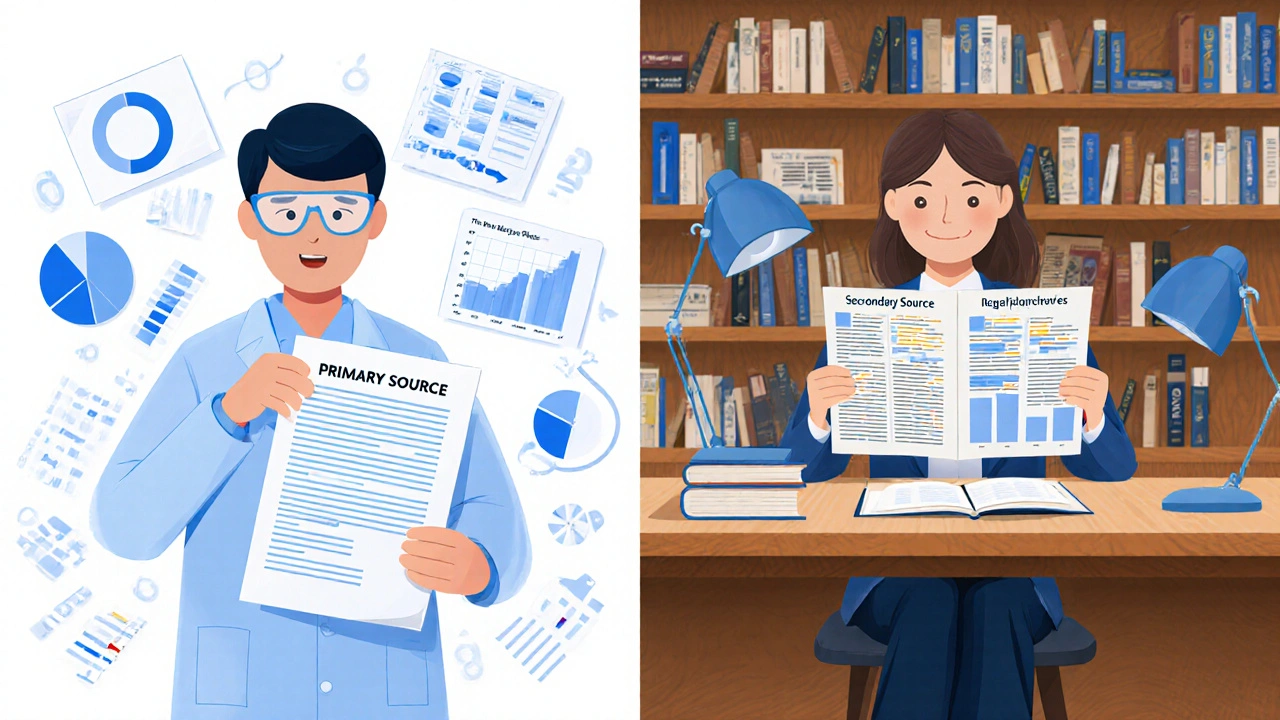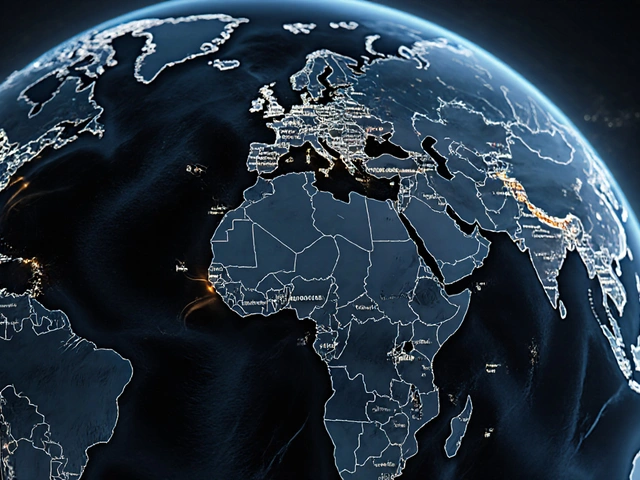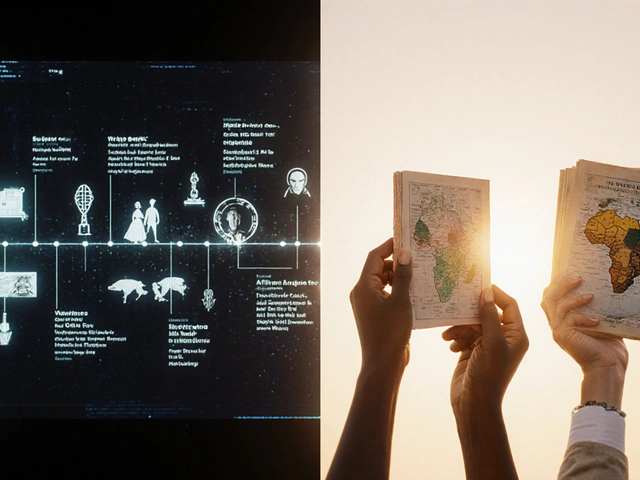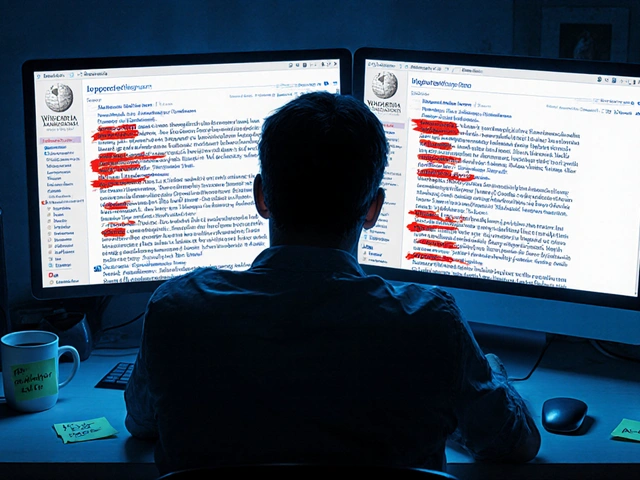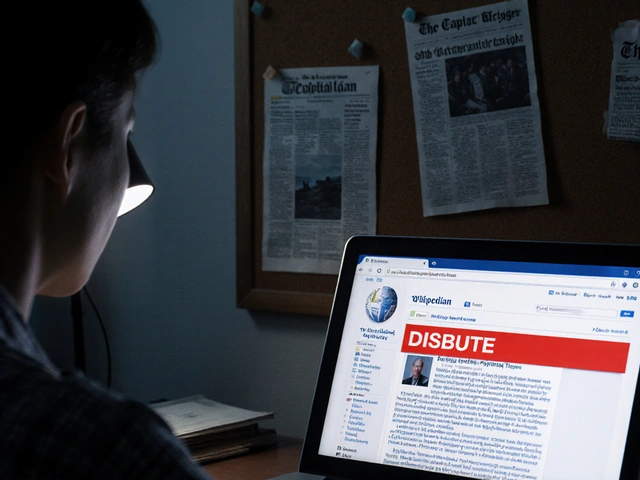Secondary Sources on Wikipedia: What They Are and Why They Matter
When you read a Wikipedia article, the facts you see aren’t pulled from thin air—they’re backed by secondary sources, published works that analyze, interpret, or summarize primary material, like academic journals, books, and reputable news outlets. Also known as interpreted sources, they’re the backbone of Wikipedia’s credibility because they filter raw data through expert review. Unlike primary sources—like raw interviews, original research, or firsthand reports—secondary sources tell you what experts think about that data. Wikipedia doesn’t allow original analysis; it only lets editors report what reliable secondary sources agree on. That’s why a study published in a peer-reviewed journal carries more weight than a blog post, even if both mention the same fact.
This system isn’t just about rules—it’s about trust. If you’re writing about climate change, you don’t cite a tweet from a scientist. You cite the IPCC report, which compiles hundreds of peer-reviewed studies. That’s a reliable source, a publication or author recognized by experts as accurate and authoritative in its field. Also known as verifiable sources, they’re the currency of Wikipedia editing. The same goes for history, medicine, or politics. Without secondary sources, Wikipedia would be a maze of opinions, rumors, and unverified claims. The citation standards, the set of guidelines requiring all claims to be backed by published, independent sources. Also known as sourcing policy, they’re what keep Wikipedia from becoming a wiki of wild guesses. Editors constantly check: Is this claim supported by a third-party source? Is that source credible? Does it represent the consensus? If not, the edit gets reverted.
And it’s not just about blocking bad edits. Secondary sources help fix gaps. When coverage of Indigenous knowledge, local history, or marginalized communities is missing, editors track down overlooked books, regional newspapers, or academic theses to fill those holes. That’s how projects like the systemic bias task forces work—they don’t just add content, they hunt for the right secondary sources that were ignored before. This is why Wikipedia’s reliability isn’t about how many edits are made, but how well those edits are rooted in evidence.
What you’ll find below is a collection of real stories from Wikipedia’s front lines: how journalists use secondary sources to verify facts, how AI encyclopedias fake citations, how copyright takedowns erase valuable summaries, and how volunteers build annotated bibliographies to defend every edit. These aren’t theory pieces—they’re practical battles over what counts as truth on the world’s largest encyclopedia.
Reliable Secondary Sources vs Primary Sources on Wikipedia: When to Use Each
Learn when to use primary versus secondary sources on Wikipedia to make reliable edits. Understand why secondary sources are preferred and how to avoid common mistakes that get your changes reverted.
